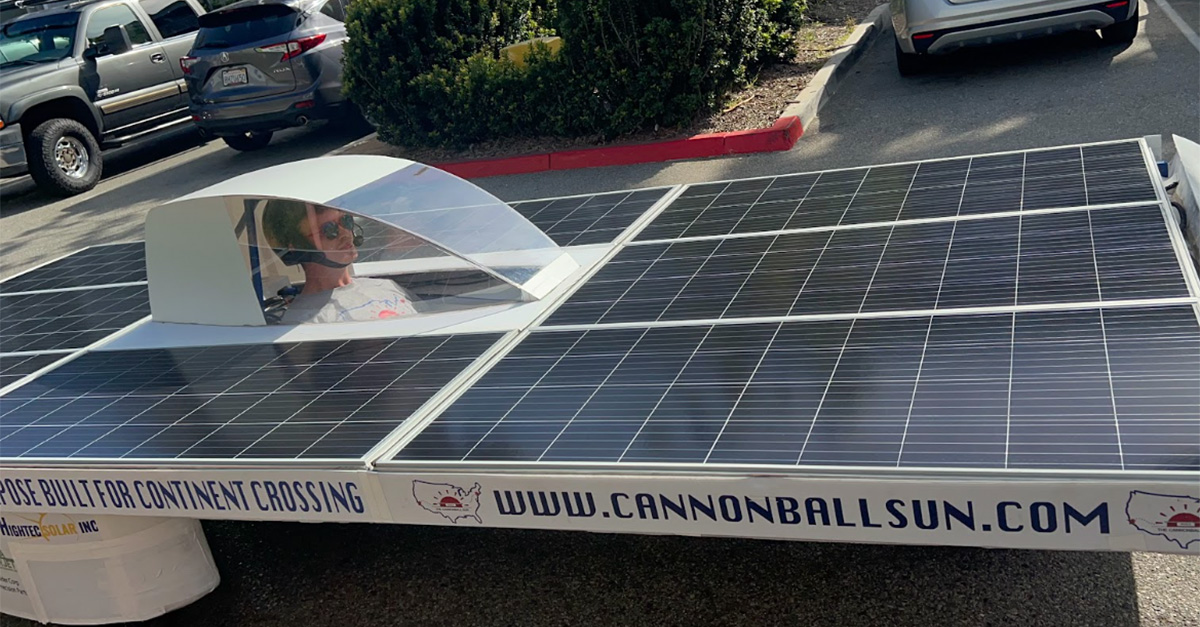NORTHAMPTON, MA / ACCESSWIRE / September 12, 2024 / 3M
Originally published on 3M News Center
Will Jones had a major problem.
His solar-powered car broke down in the middle of the desert as the air temperature reached 119 degrees and the nearest gas station was more than 50 miles away.
Will spent about three years building his solar vehicle alongside three friends in hopes of driving across the United States. They nicknamed the car Sunstrider.
And now, an over-heated electrical board put their dreams in jeopardy.
But Will knew he was surrounded by great people and world-class technology. The group quickly banded together to fix the issue and get Sunstrider back on the road. They went on to complete their journey in the fastest time ever recorded for a solar vehicle.
"It feels surreal," said Will. "We planned and prepared for years and then actually did it."
Their achievement received national media coverage as they finished the coast-to-coast route in 13 days, 15 hours and 19 minutes.
The four college students from Michigan had some help from 3M along the way. Select spots of the vehicle were wrapped with a new pioneering technology called 3M Passive Radiative Cooling Film. This film can reflect solar energy and radiates heat back into the sky, helping to keep portions of the car's surface much cooler.
An area that made the biggest difference was the driver's cockpit.
"Not only did it make the cockpit cooler, but it also blocked the sun," said Danny Ezzo, a member of the four-man team. "The ride would have been way worse without it."
Today, 3M is evaluating this innovation on warehouses, data centers, bus shelters, animal barns, mass transport vehicles and more. Researchers at Arizona State University have partnered with the city of Phoenix to apply and validate the film's impact in cooling many public spaces throughout the city.
"What we found from initial studies were some pretty substantial positive results in terms of these coated shelters' ability to provide a better environment for pedestrians," said Dave Sailor, director of the School of Geographical Sciences and Urban Planning and the principal investigator on the project, in an article on ASU's news center.
The Minnesota Star Tribune profiled the technology after it was applied on the roof of a Minneapolis grocery store and showed a significant savings in refrigeration costs.
The film's inventor, 3M scientist Tim Hebrink, says improving comfort while reducing energy usage was the driving force in creating the technology.
"My hope is that we cover the roofs of buildings and vehicles all over the world to improve human comfort and save energy," said Tim. "Everyone can benefit from this technology."

View additional multimedia and more ESG storytelling from 3M on 3blmedia.com.
Contact Info:
Spokesperson: 3M
Website: https://www.3blmedia.com/profiles/3m
Email: [email protected]
SOURCE: 3M
View the original press release on accesswire.com